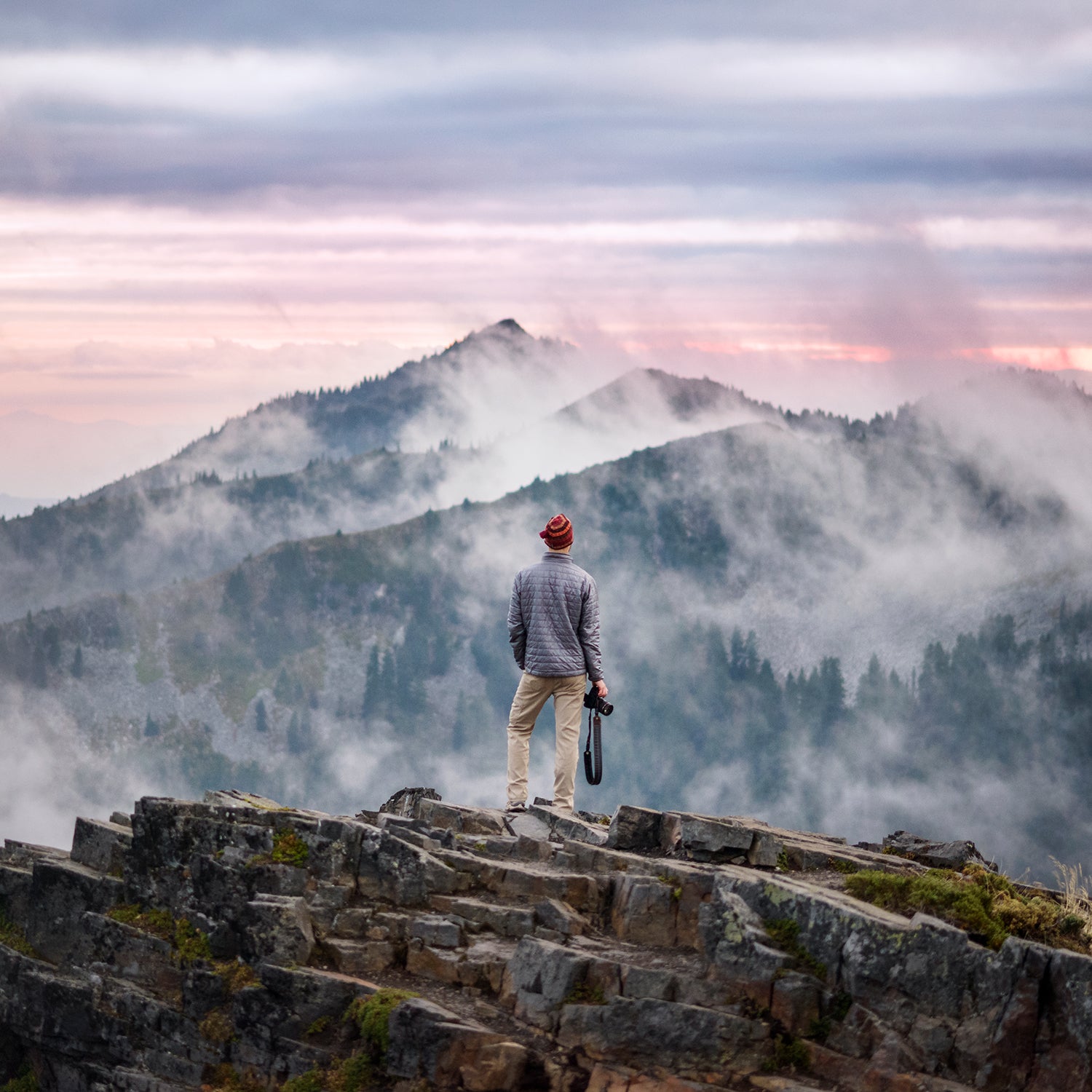Americans are spending less time outdoors, according to a ��released on January 29. Nearly half of the U.S. population doesn’t participate in any outdoor recreation at all, and only 17.9 percent got out at least once a week in 2018. The result? One billion fewer hikes, climbs, rides, and other outdoor exursions��in 2018 than in 2008. Even kids are staying inside. Children took part in 15 percent fewer outdoor activities in 2018 than they did six years before.
The study suggests barriers like work, technology, and cost of entry prevent individuals from playing outside.��“[The study] indicates that we’re becoming an indoor nation,” says Lise Aangeenbrug, the executive director of the Outdoor Foundation, the philanthropic extension of the Outdoor Industry Association (OIA). “People are missing out on the joy, learning, and community building that the outdoors can provide. Whether you bike, hike, ski, hunt, run, or fish, it’s a lost opportunity.”
But the news isn’t all bad. Outdoor participation among women ages 18 to 24 increased by an average of 3.3��percent��in the last three years, and adolescent girls ages��6 to 12 had the highest rate of participation in their gender group at about 60 percent. And while Caucasians have consistently represented the majority (almost three-quarters in 2018) of outdoor recreationists, Hispanic participation nearly doubled over the past ten years, from 5.3 percent to 10.3 percent. But the ethnic and socio-economic diversity gap remains a problem in the outdoor industry: overall, non-white groups went on fewer outings in 2018 than they did five years ago. Additionally, the majority of outdoor participants, at 63.5 percent, were college educated, and nearly half earned household incomes of at least $75,000.����
The Outdoor Foundation says it’s focused on getting underserved populations outside, acknowledging that barriers to outdoor recreation are higher for Americans living in cities or in areas without sufficient public transportation. “The evidence is building that outdoor time can help address physical health issues, mental health issues, social and emotional learning, academic outcomes, and community connection,” says Aangeenbrug. OIA is working at the federal and local levels to provide communities��with more access to nearby outdoor spaces—the study showed that most Americans��(63 percent) play outside within 10 miles of home. The organization is advocating for��Congress to ��$900 million in funding for the , which would be used to increase public recreation access across the country by directing offshore oil and gas revenue��to fund��conservation projects. Also high on OIA’s priority list is��the , which would support transportation in underserved communities to and from public lands. The legislation was introduced to Congress last September and referred to the Subcommittee on Highways and Transit, where it’s awaiting the next steps.


